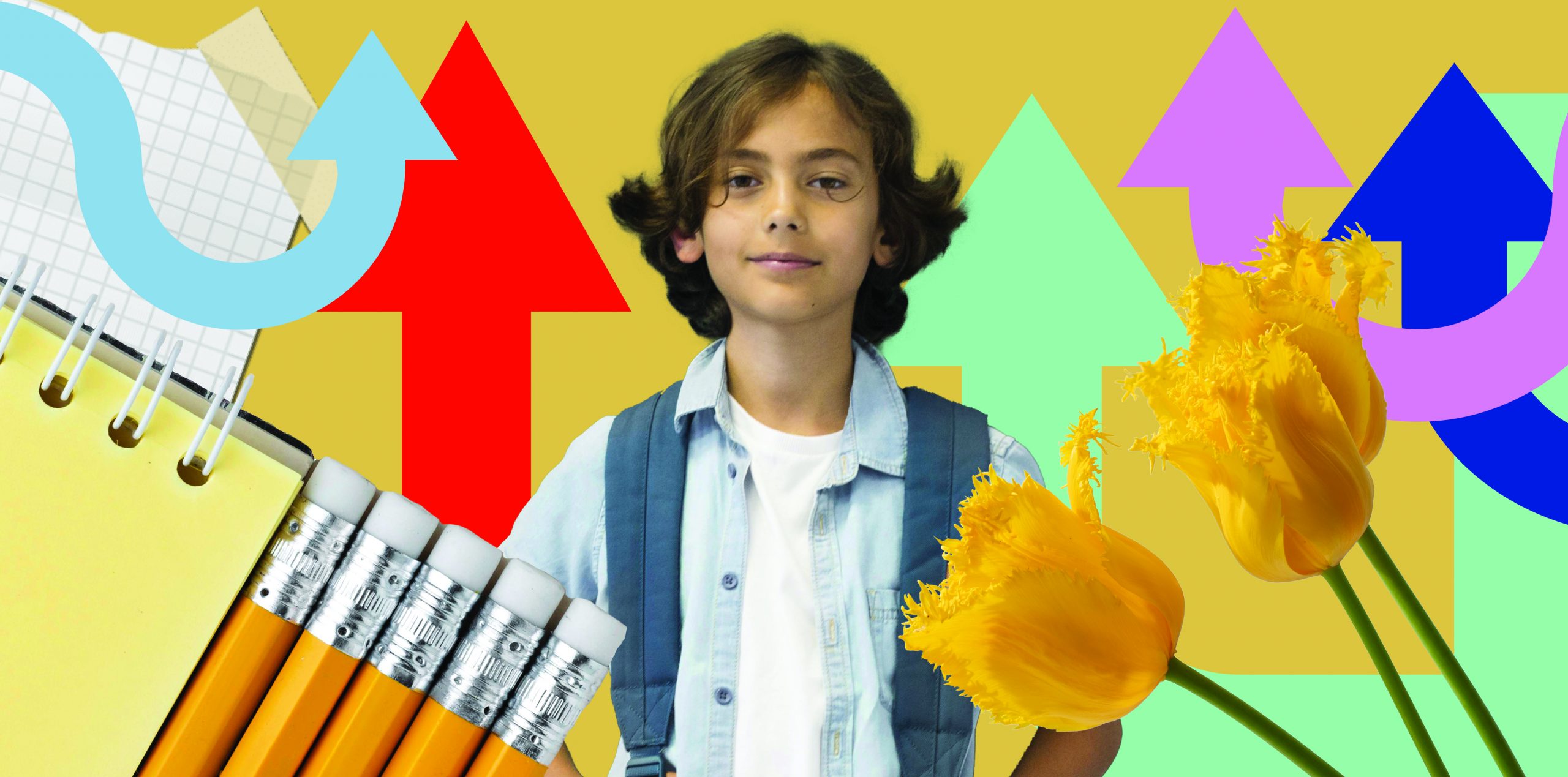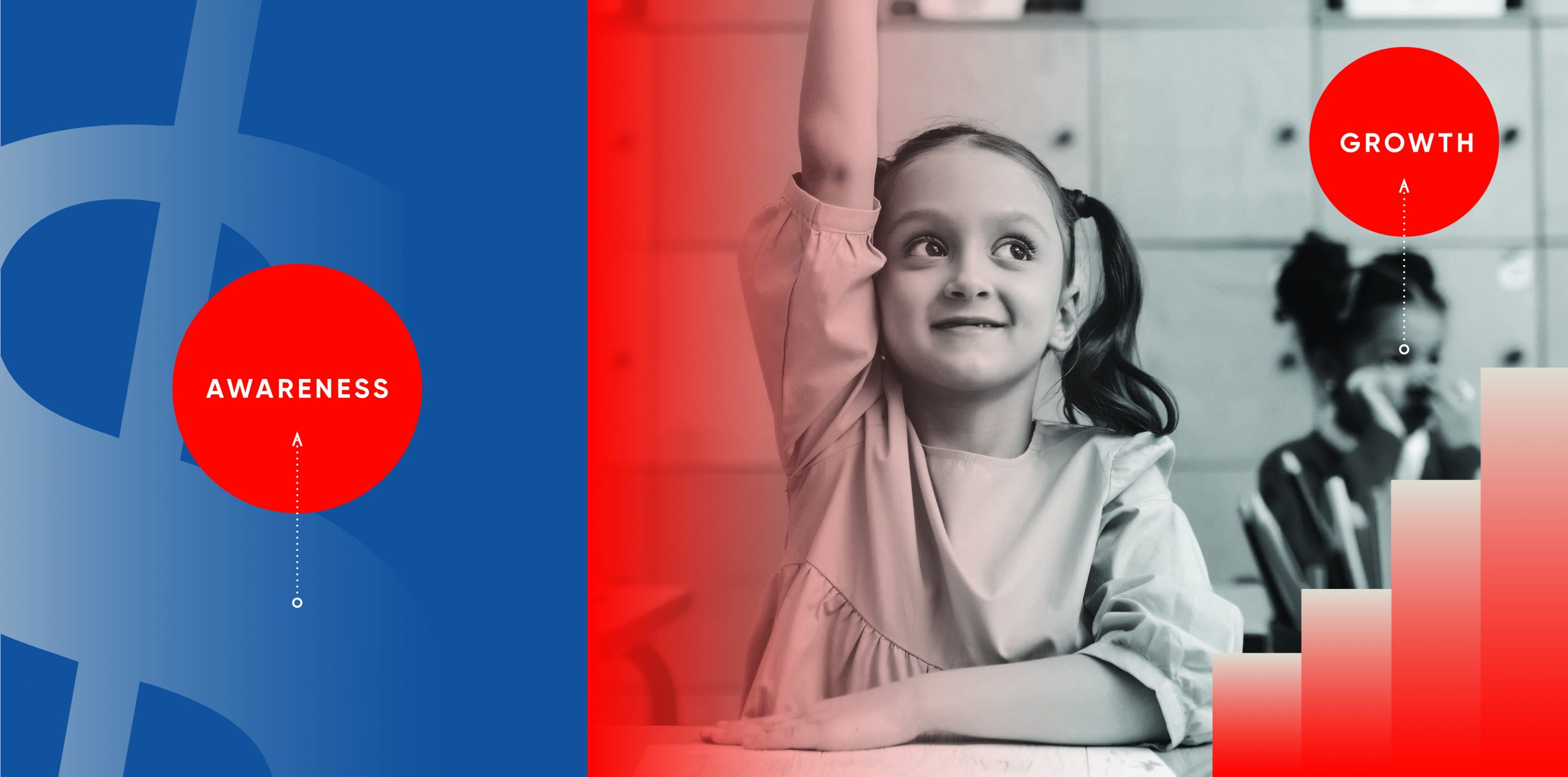Little Miss Trendjacker
Memes are great, but should brands jump on the bandwagon?
It’s hard not to see all the Little Miss images being posted on social media.
As of this writing, there have been 203.5 million views of the “Little Miss” hashtag on TikTok. Four hundred forty-three thousand posts have used the hashtag on Instagram. The meme began on Tumblr and has trickled into Twitter as well.
The trend has been going strong for weeks, and rightfully so. The meme riffs on designs from the “Mr. Men” and “Little Miss” children’s books. The main characters are named after their prominent personality traits. (Fun side note: The books were written and illustrated by Roger Hargreaves, an ad agency copywriter.)
People are using the memes to highlight their coffee orders (Little Miss Drinks Iced Lattes Even Though It Hurts Her Tummy), favorite Netflix shows (Little Miss Obsessed with Stranger Things), prescription medications (Little Miss Xanax), and more. They’re jovial and at times a bit absurd.
Memes are special in that they know how to communicate feelings, attitudes, and opinions in a way other mediums can’t. It’s no surprise that every time a meme trends, brands want in on it. Think for a second. A meme’s instant recognizability could help a brand gain awareness — perhaps even go viral. Memes are engaging. They connect brands to their customers.
But spoiler: This is not an invitation for you to jump on the Little Miss moment.
So, when should brands consider meme marketing? Here are three questions to ask to discover if its right for you.
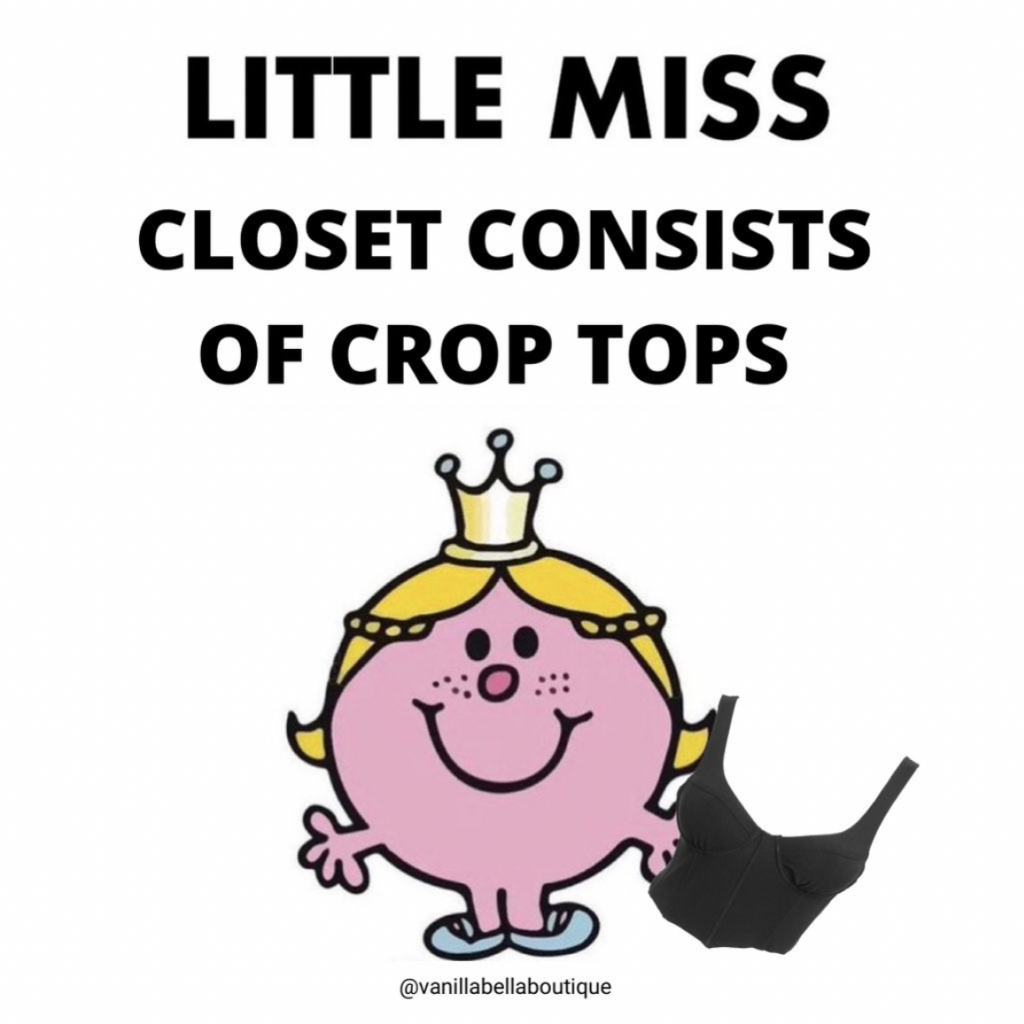
Does this align with your brand’s story?
If you’ve done your homework, your brand will already have an established voice and tone that hopefully carries cross-channels and into social media. All memes rely on humor. Don’t force your brand into online conversations where it doesn’t belong. Authentic representation of your brand is key. As with any trending topic, find a meme that matches your brand’s mission.
Will your audience care?
Once you’ve established a meme makes sense, consider your audience — their age, cultural backgrounds, and economic status. Will they understand the reference? Could the meme’s content potentially offend your customer base?
Nostalgia is what draws me into the Little Miss memes. I love the Little Miss memes because they appeal to Gen Xers like me who remember these characters from our youth. Yet their comic sensibility attracts Gen Z. But even with their explosive popularity, the meme may not be right for you. Why? Because you are not your audience. Learn about what they value then consider if the meme will resonate with them.
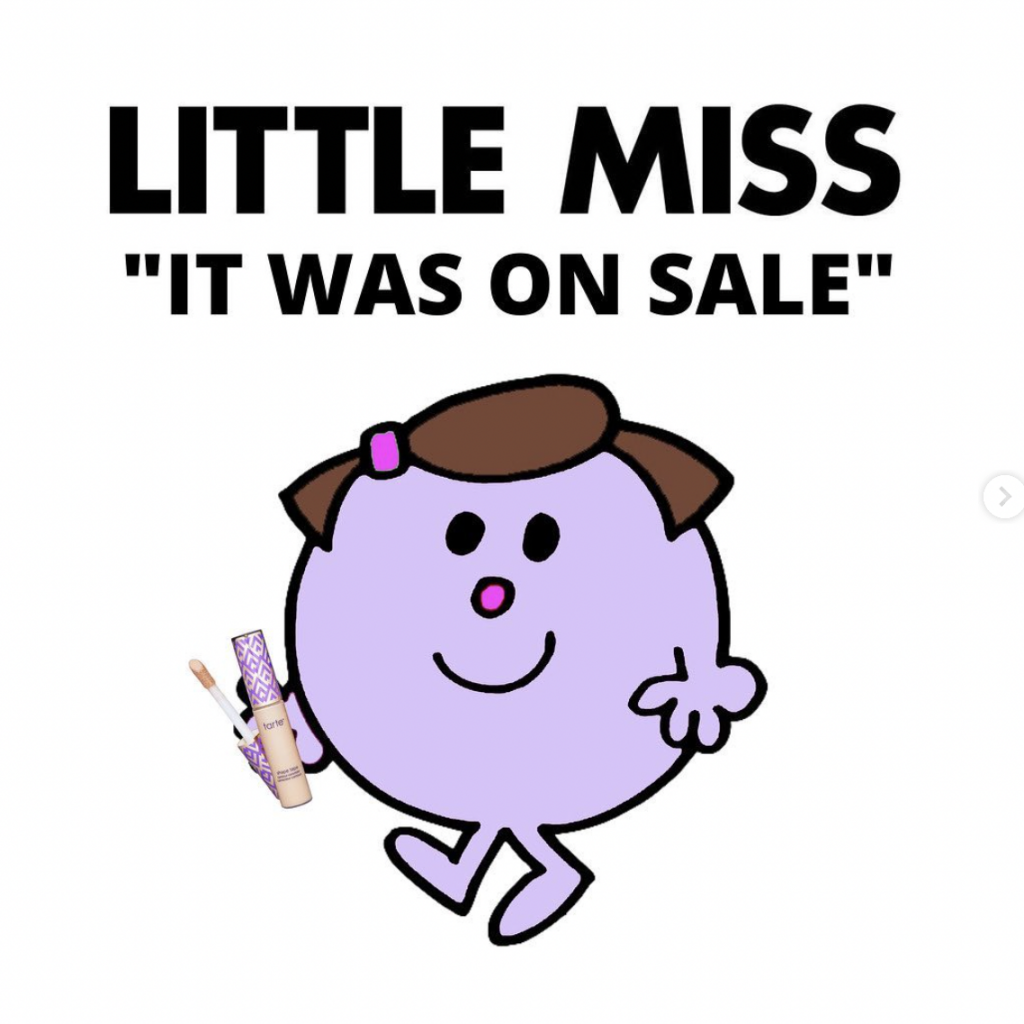
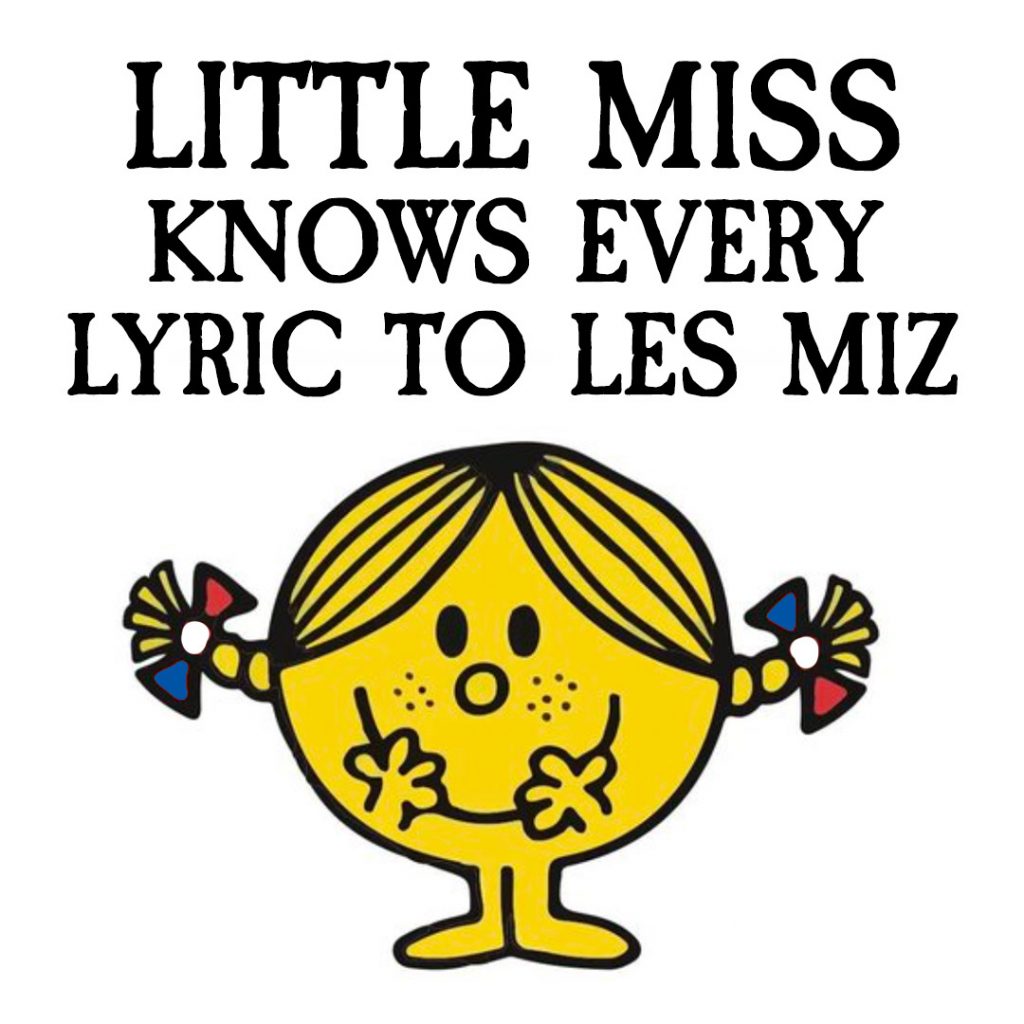
Is the time right?
Timing is everything. Memes have a short lifespan. An outdated meme could do more harm than not posting one at all. The audience loses interest and could be ignored by even the most loyal of social followers. Monitoring Instagram, TikTok, and Twitter regularly can help you track the latest memes, so you don’t miss opportunities to inject your brand on the latest trend.
And remember, nothing kills a meme faster than a brand trying too hard to be relevant, weeks after it peaks.
When done right, memes can humanize brands and increase audience engagement. It’s important to keep in mind why your customers follow your brand on social media. It’s not only to be entertained by memes; they look to get relevant news or be served quality customer service. Say something witty and helpful — in a meme or simply a tweet — and you’ll surely impact your brand perception.
